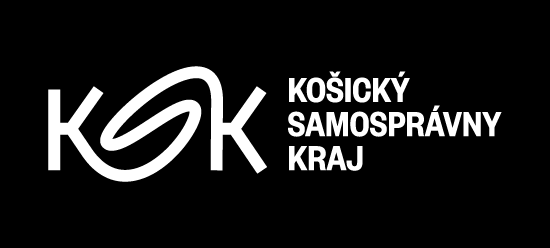Opening: 21. 6. 2023 o 19.00
Exhibition duration: 22. 6. 2023 – 10. 9. 2023
Curator: Štefánia Ďuricová
Space B, Hlavná 27, Košice
The monographic exhibition offers the audience a fragment of the work of a prominent Hungarian artist who was born in Budapest but who had strong ties to Nižný Hrušov. Anna Lesznai (1885 – 1966) was a significant female figure in the Hungarian pre-war avant-garde movement. Her artistic as well as literary works won her admiration and critical acclaim in the contemporary press, but later generations were more familiar with her illustrations for children's books or as the designer of original works in the style of Hungarian Art Nouveau ornamentalism. Nižný Hrušov and the estate that her family owned there remained a source of inspiration throughout her creative life – themes from the gardens and the surrounding countryside can be found in her designs, poetry and artworks. She collaborated with many members of the art group known as “The Eight” (Nyolcak), some of whom also visited her in Zemplín. She drew inspiration mainly from the folkloric tradition of the “matyó” region and her designs feature symbolic roses, lilies, traditional tulips, pomegranates and pears.
In the first decade of the 20th century Anna Lesznai received many commissions for embroidery and ran a small workshop. She acted as an advisor for the reform of art education, but due to the unfavourable political situation she was forced to emigrate to Vienna together with her partner, the artist Tibor Gergely. Although she studied with Károly Ferenczy, she did not become a painter of light-filled landscapes; her delicate watercolours, gouaches and tempera paintings depicted village life, both cheerful and challenging, in a “Brueghel-esque” spirit. Éva Bajkay identified a certain thematic connection between Lesznai’s work and that of Martin Benka and Konštantín Bauer in their perception of a national romantic theme.
Lesznai was forced to emigrate after the rise of the Horthy regime in 1919, and she lived between Vienna and the family estate in Nižný Hrušov. The themes of simple village life and scenes from the markets of Michalovce aroused great interest among Viennese audiences, while the exoticising character of the East attracted the attention of the townspeople. Life in the Austrian capital provided the artist with many other ways to spend her free time, such as visits to museums, galleries and also the zoo, where she sketched illustrations of animals. She exhibited her works in Slovakia only once, at the jubilee exhibition of the Kazinczy Circle held in Košice in 1924. After returning to Budapest in the 1930s, she mostly painted genre scenes and began teaching at Dezső Orbán’s Academy of Arts and Crafts in Budapest. She also participated successfully in several exhibitions. Lesznai emigrated to the United States in 1939 and would never return to Nižný Hrušov.
At the East Slovak Gallery, we approach the research and curation of art on the basis of a transnational methodology. We fully support the idea that art, artists and art history are interconnected beyond their countries of origin, and we try not to view art history through the prism of hierarchies of centres and peripheries. By integrating the work of forgotten or schematically interpreted creative endeavours of artists, a more vivid picture of the region's artistic past can be achieved, an approach which is further enriched with a transnational European dimension. Many of the artists living in and around Košice in the 1920s, such as Alexander Bortnyik, had received international recognition even prior to their arrival in Košice, while other artists, such as František Foltýn, became famous in Europe shortly after leaving the city. Although Anna Lesznai's work is complex and difficult to categorise, she has left her mark not only on the Slovak artistic map but also that of Central Europe and the wider world.



